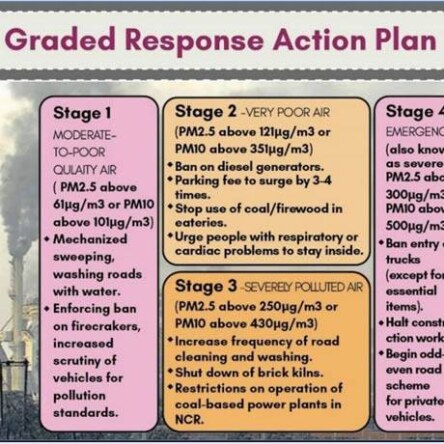Consider the following statements in relation to Janani Suraksha Yojana: [2023] 1. It is a safe motherhood intervention of the State Health Departments. 2. Its objective ...Read more
Consider the following statements in relation to Janani Suraksha Yojana: [2023]
1. It is a safe motherhood intervention of the State Health Departments.
2. Its objective is to reduce maternal and neonatal mortality among poor pregnant women.
3. It aims to promote institutional delivery among poor pregnant women.
4. Its objective includes providing public health facilities to sick infants up to one year of age.
Read less


Statement Breakdown: It is a safe motherhood intervention of the State Health Departments: Incorrect: The Janani Suraksha Yojana (JSY) is a centrally sponsored scheme under the National Rural Health Mission (NRHM) of the Union Ministry of Health & Family Welfare, not solely managed by state healRead more
Statement Breakdown:
Based on the corrected analysis, statements 2 and 3 are correct, while statements 1 and 4 are incorrect.
Thus, the correct answer is Only two.
See less